- DroidAfrica
- Gadgets
- UMIDIGI
- UMIDIGI F3
UMIDIGI F3
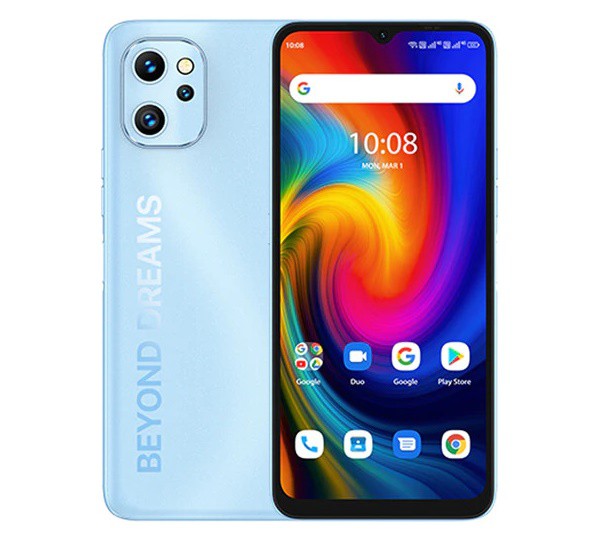
UMIDIGI F3 Highlights and Overview
UMIDIGI F3 is the direct successor to the F2 announced back in 2019. The new comer has bigger display, and latest OS, but the CPU on the inside is the same Helio P70 used on the 2-years old predecessor. On the front, you are getting a 6.7-inches HD+ screen with a dewdrop notch on the top.

On the inside, you are getting octa-core MediaTek Helio P70 CPU, clocked at 2.1GHz, along with Mali-G72 GPU. The UMIDIGI F3 has 8GB RAM and 128GB ROM, and you can attach an SD-card should you runs out of memory.
Coming to the camera department, there are three lenses on the rear of the phone. These includes a 48-megapixel primary lens, 8-megapixel ultra-wide, and a 5-megapixel macro lens along with a single LED flash. While a single 16-megapixel lens is held within the notch upfront.
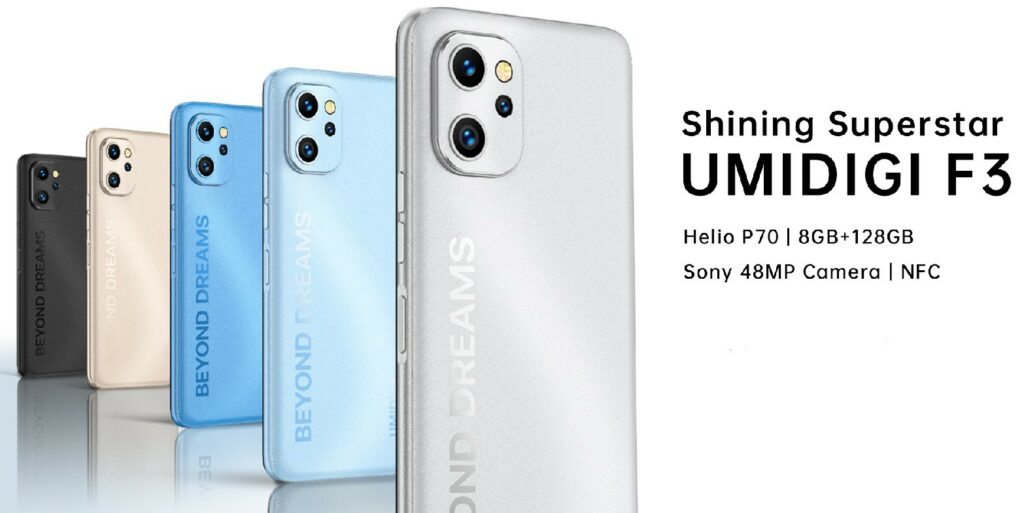
Additionally, the phone support dual Nano-SIMs with 4G LTE network on both SIMS. You are also getting a side mounted fingerprint scanner, a 5150mAh battery that charge via USB Type-C interface, while Google Android 11 OS is available out of the box. The table below contains the complete spec of UMIDIGI F3.
UMIDIGI F3 Full Specifications and Features
NETWORK
| Technology | GSM / HSPA / CDMA / LTE |
| 2G Network Bands | GSM 2(1900), 3(1800), 5(850), 8(900) - SIM 1 and SIM 2 |
| 3G Network Bands |
HSDPA Band B1 / 2 / 4 / 5 / 6 / 8 / 19 + CDMA: BC0 / BC1 |
| 4G Network Bands | LTE band 1 / 2 / 3 / 4 / 5 / 7 / 8 / 12 / 13 / 17 / 18 / 19 / 20 / 25 / 26 / 28A / 28B / 34 / 38 / 39 / 40 / 41 / 66 - Global |
| Speed | HSPA 42.2/11.5 Mbps, LTE Cat4 150/50 Mbps |
LAUNCH
| Also Known As |
- - |
BODY
| Dimensions | 168.3 x 76.6 x 8.7mm |
| Weight | 195 grams |
| Build | Front glass / Plastic body |
| SIM Type | Dual SIM (Nano-SIM, dual stand-by) |
DISPLAY
| Display Type | IPS LCD touchscreen, 16M colors |
| Size | 6.7 inches, (83.2% screen-to-body ratio) |
| Resolution | 720 x 1650 pixels, 20.6:9 ratio (269 ppi density) |
PLATFORM
| Operating System | Android 11 |
| Chipset | Mediatek MT6771 Helio P70 (12 nm) |
| CPU | Octa-core (4x2.0 GHz Cortex-A73 & 4x2.0 GHz Cortex-A53) |
| GPU | Mali-G72 MP3 |
MEMORY
| RAM + ROM | 8GB + 128GB |
| Card Slot | Yes, up to 512 GB via microSD card |
MAIN CAMERA
| Camera Type | Triple Lenses |
| Camera Sensor(s) |
Main: 48 MP, PDAF, F/1.8 Ultrawide: 5MP, F/2.2, 120° FoV Macro: 5 MP, f/2.4 |
| Camera Features | Autofocus / Continuous shooting / Digital zoom / HDR / Touch focus / Face detection / LED flash |
| Video Resolution | 1080p@30fps |
SELFIE CAMERA
| Camera Type | Single Lens |
| Camera Sensor(s) | 16-megapixel, |
| Camera Features | FaceID |
| Video Resolution | 1080p@30fps |
SOUND
| Loudspeaker | Yes |
| Speaker Location | Chin, below display |
| Audio Jack Type | Yes, 3.5mm audio jack |
CONNECTIVITY
| Bluetooth | Bluetooth 5.0, A2DP, LE |
| NFC | |
| GPS | Yes, with A-GPS, GLONASS, Beidou + Galileo |
BATTERY
| Battery Capacity | Non-removable Li-Po 5150mAh battery |
OTHER FEATURES
| Sensors | Fingerprint (side-mounted), accelerometer, proximity, compass |
| Box Contents | Charging Brick / USB cable |
UMIDIGI F3 User Reviews and Opinions
Disclaimer Note
This specification was entered manually, hence we CANNOT guarantee 100% accuracy. Any error? Let us know in the comment section.










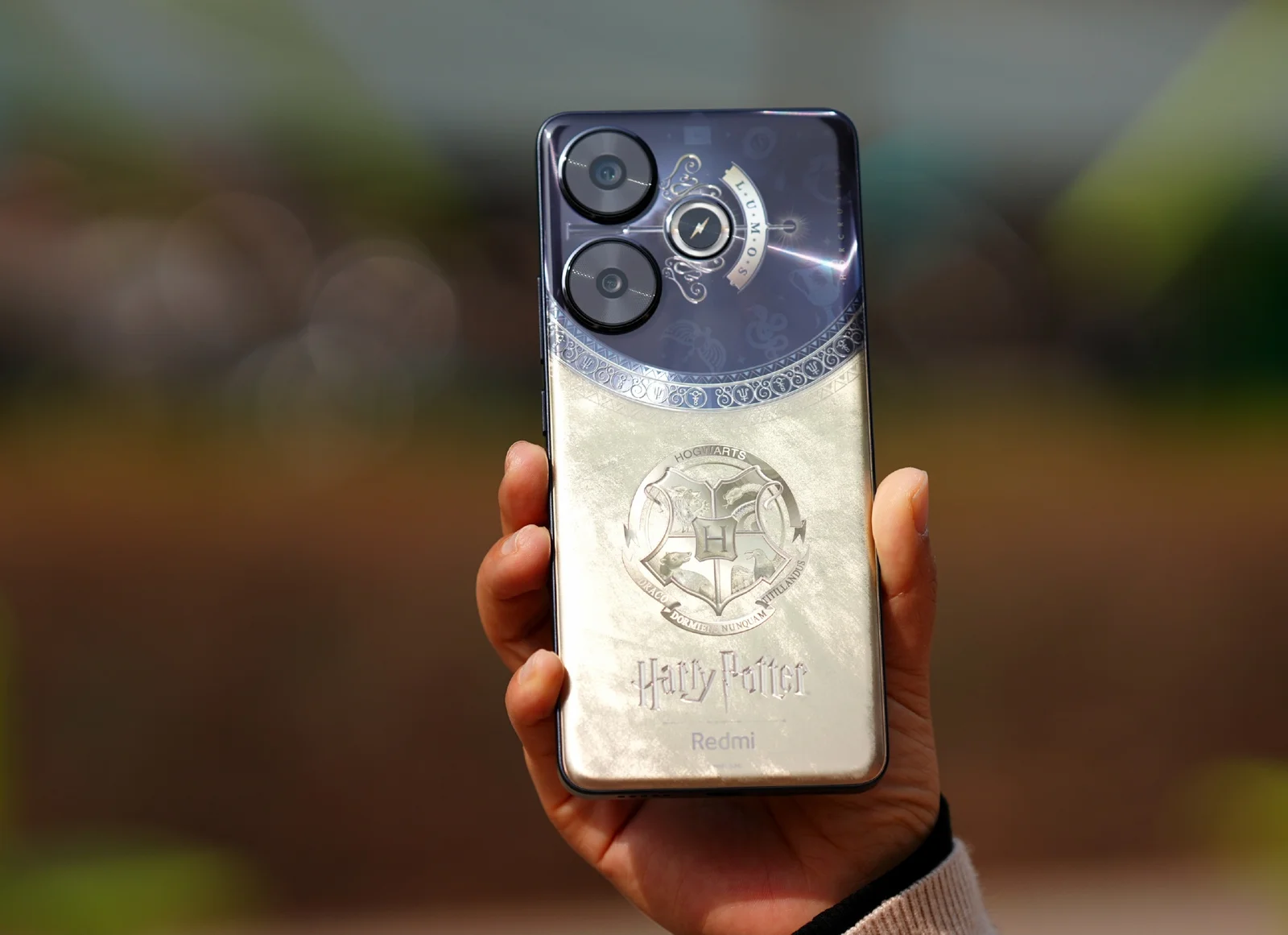
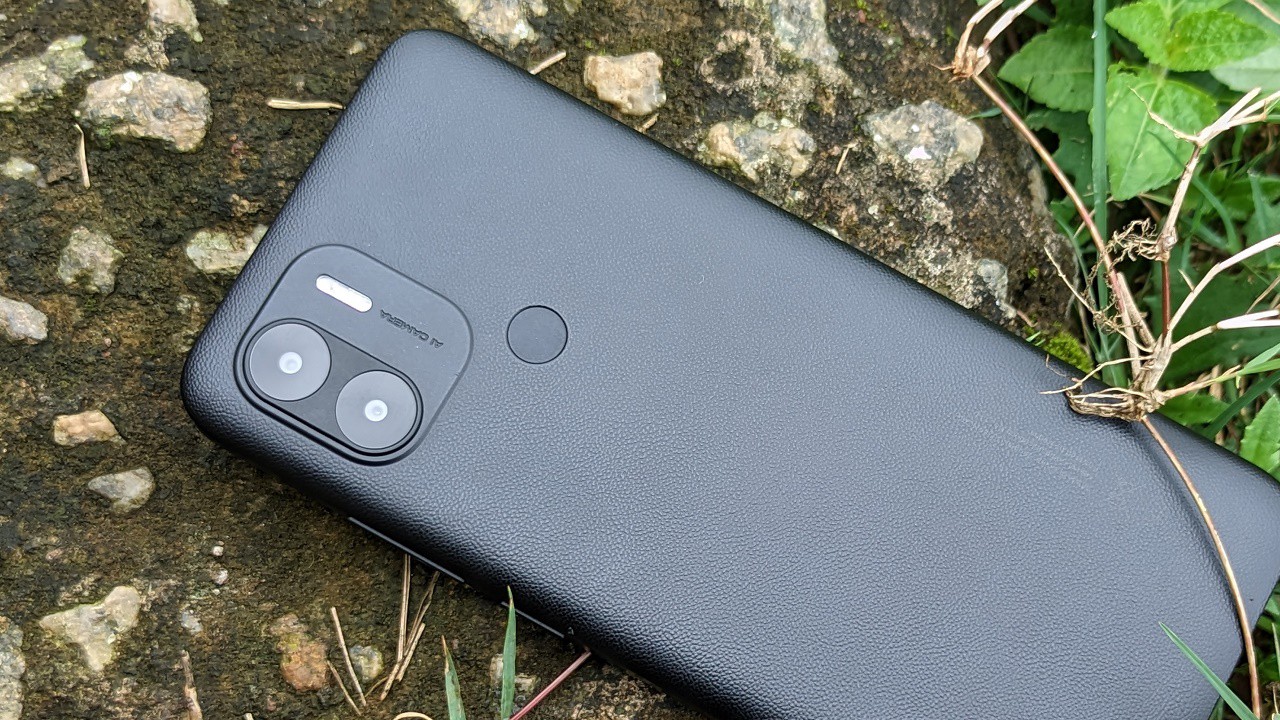
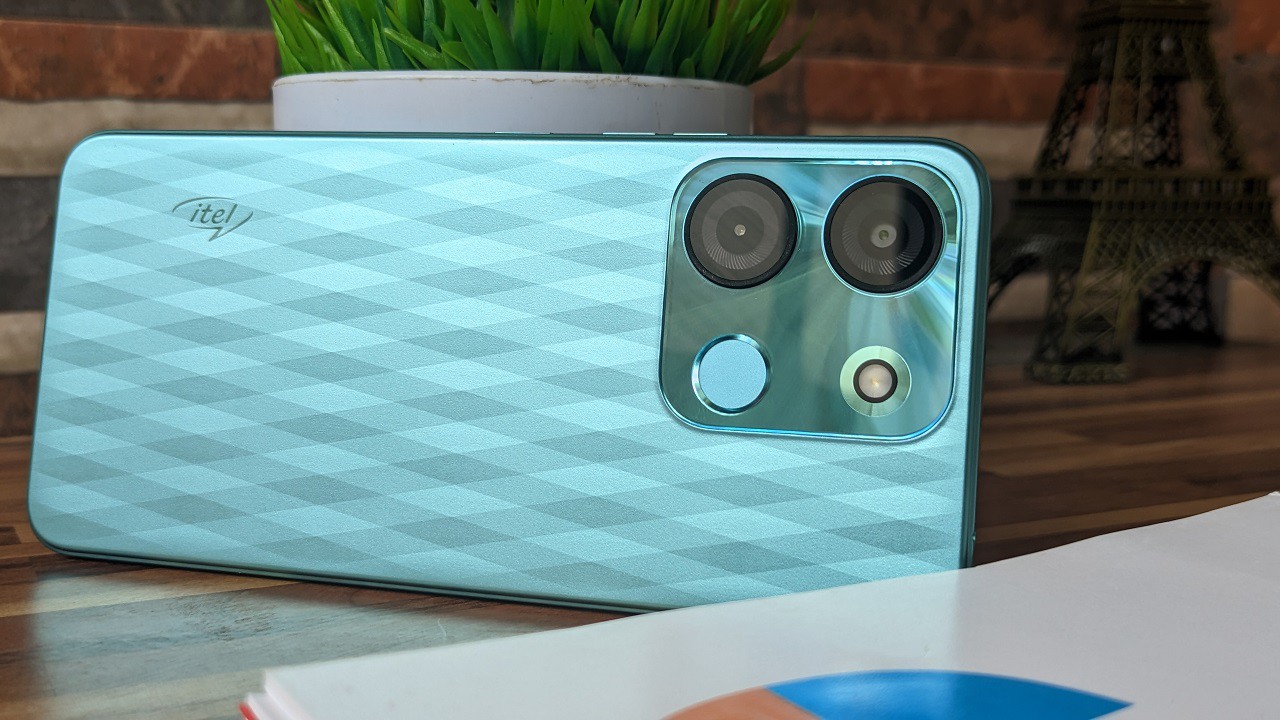
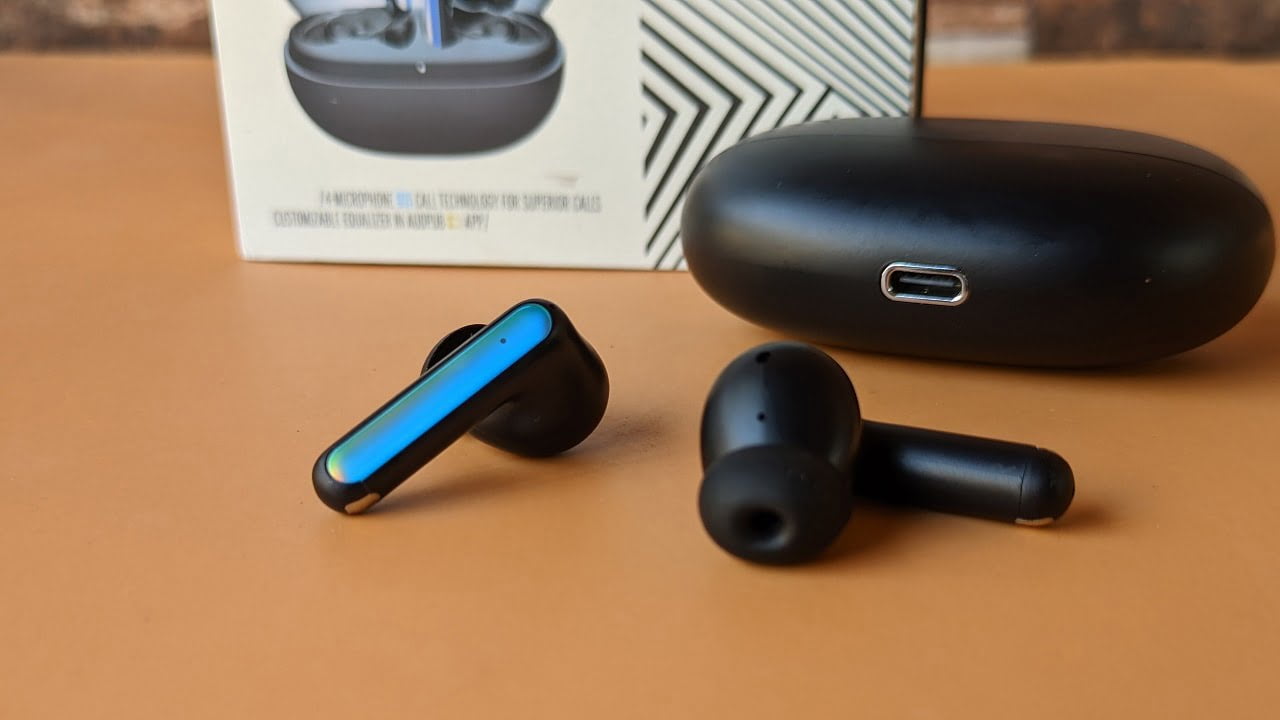
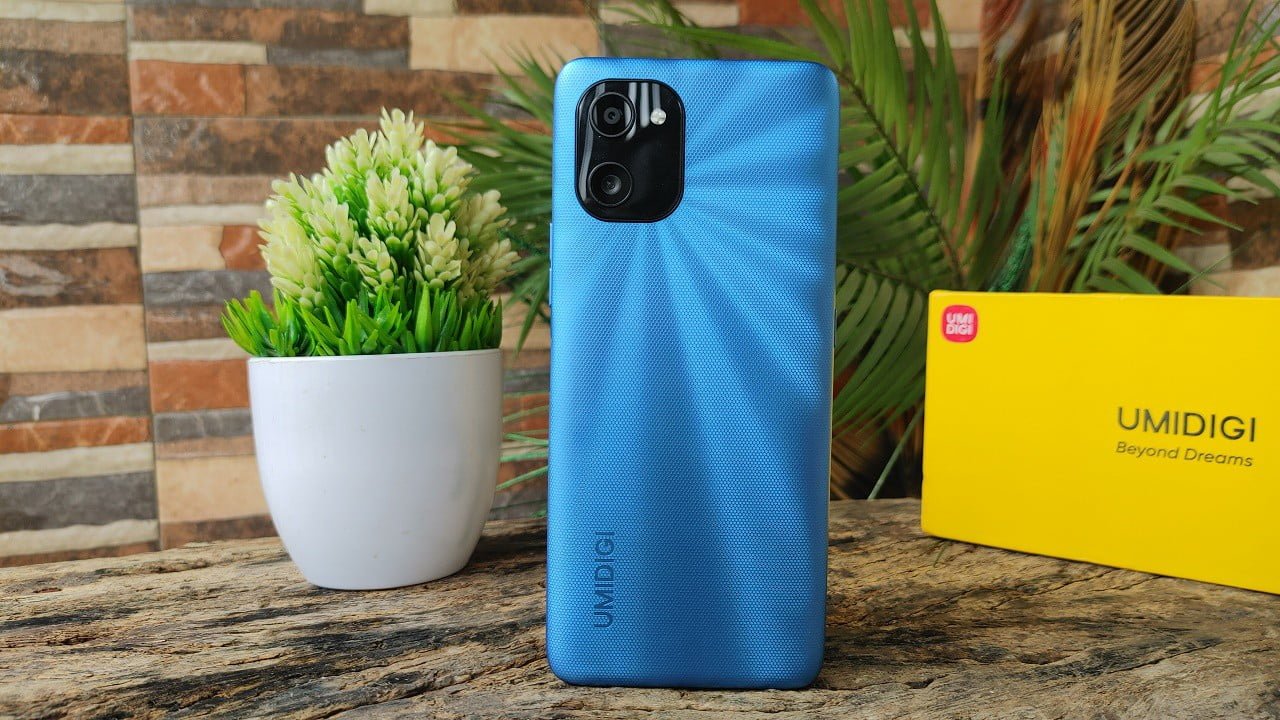
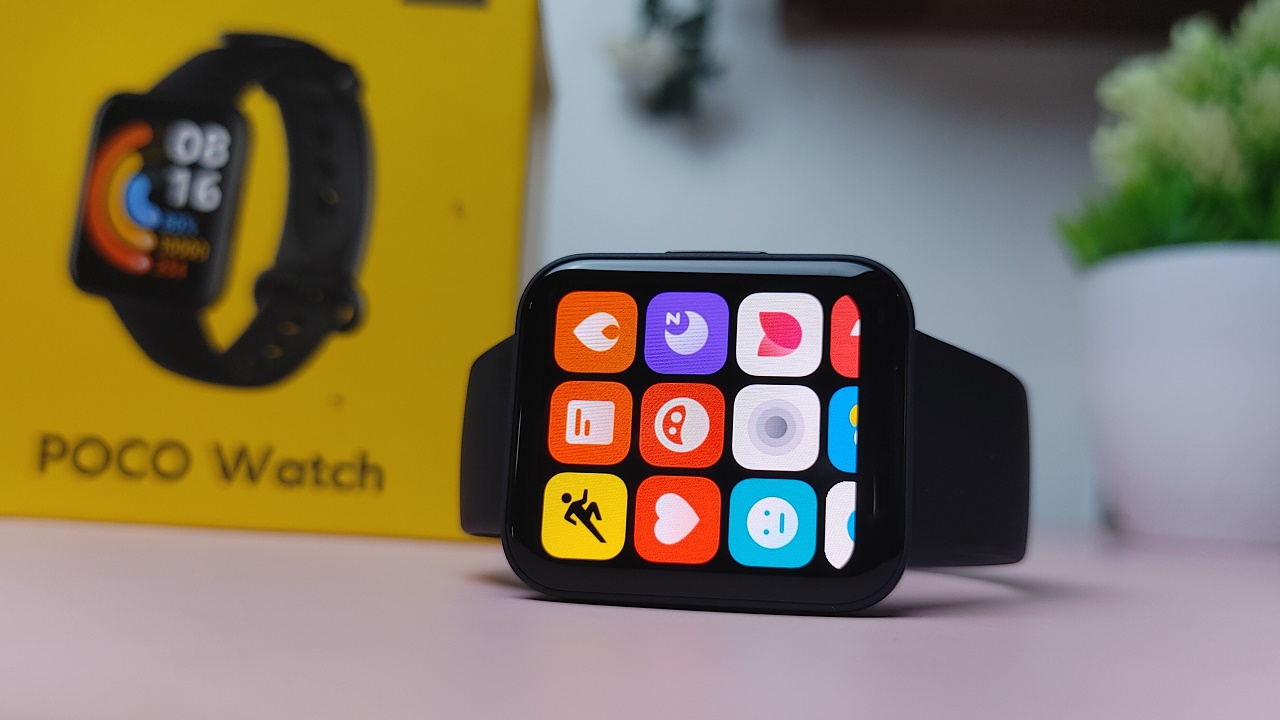
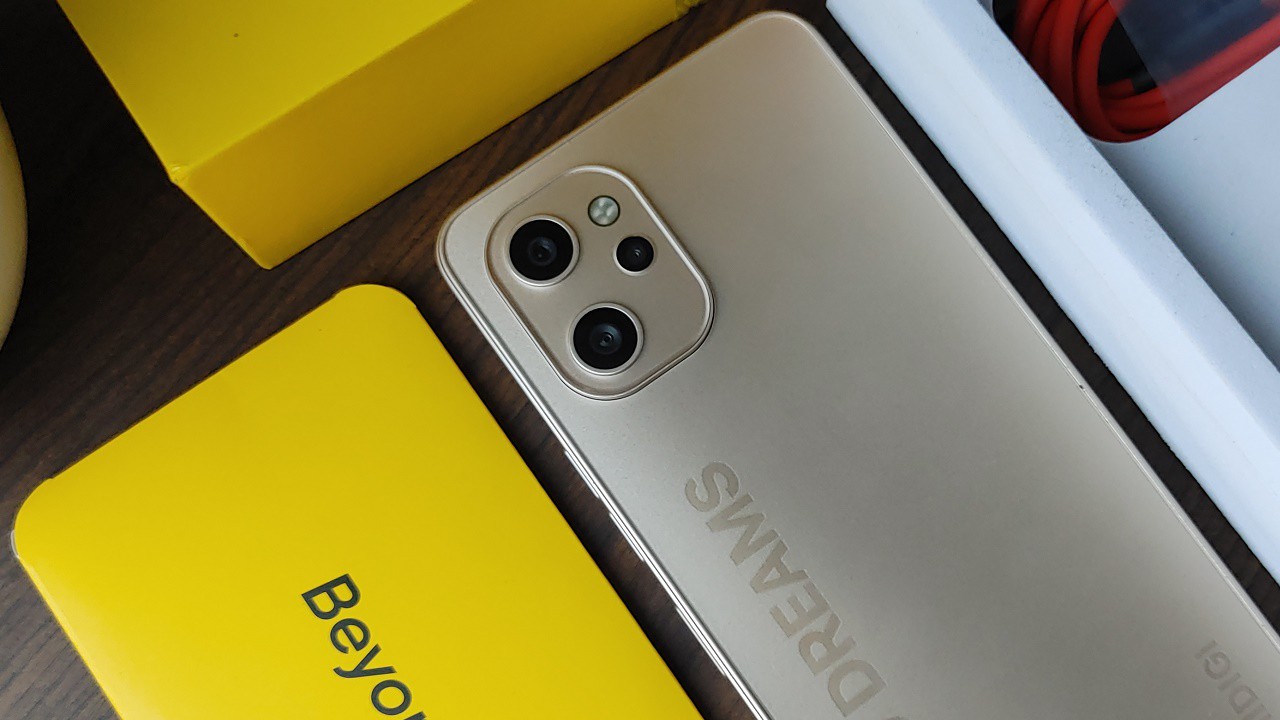
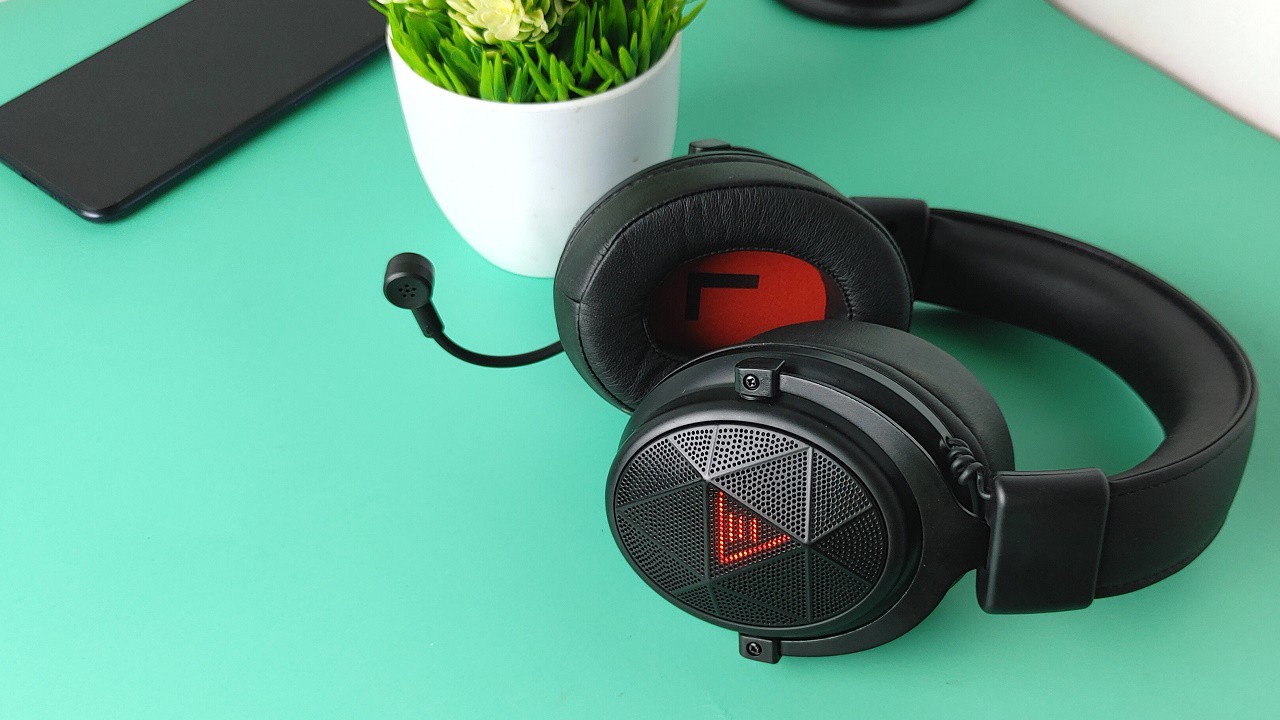
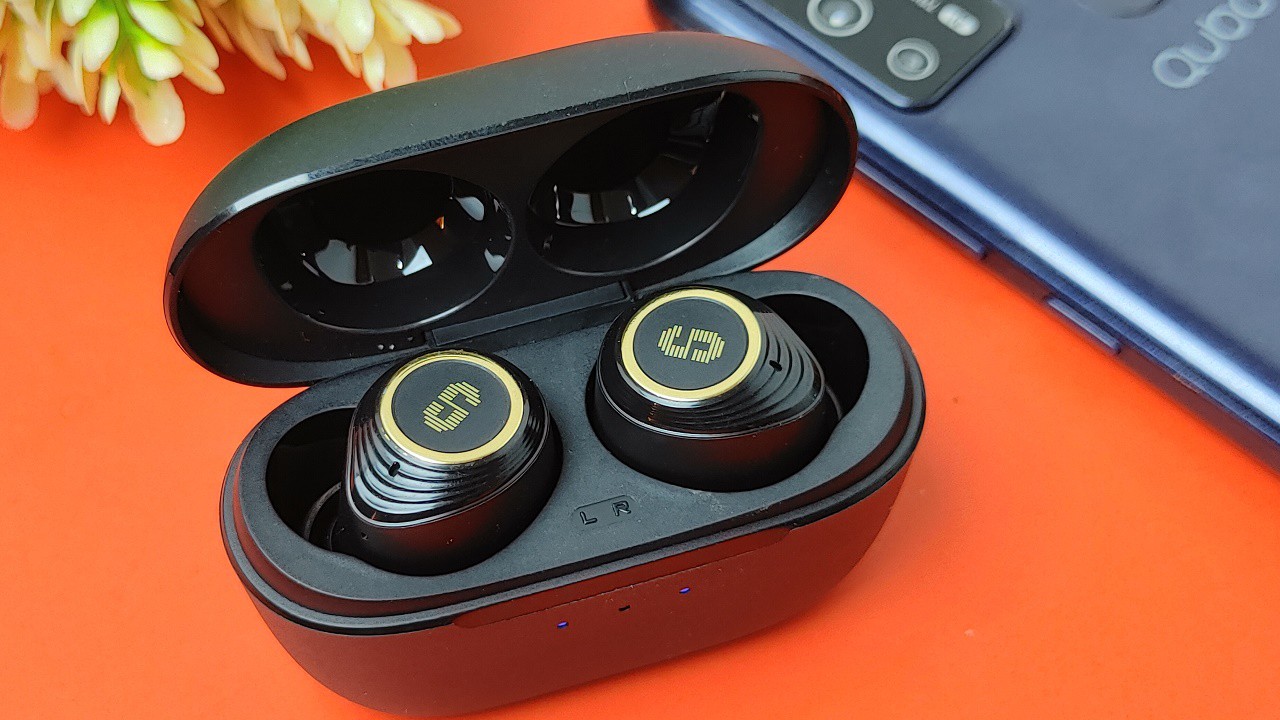
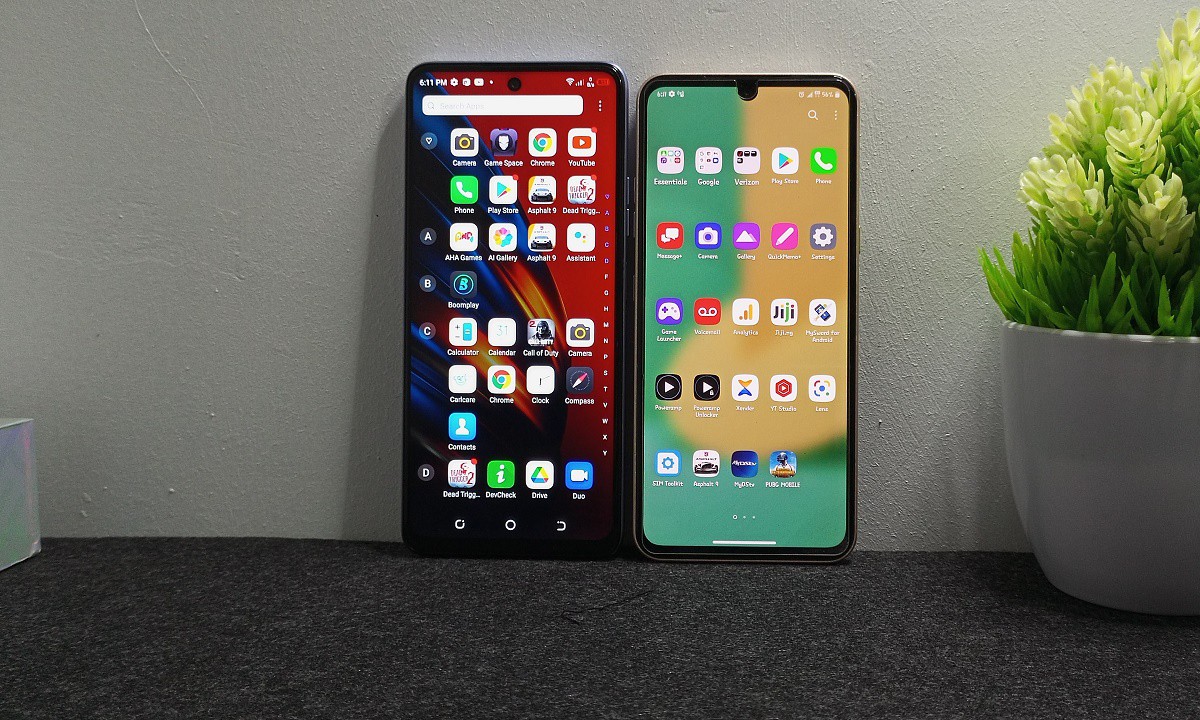

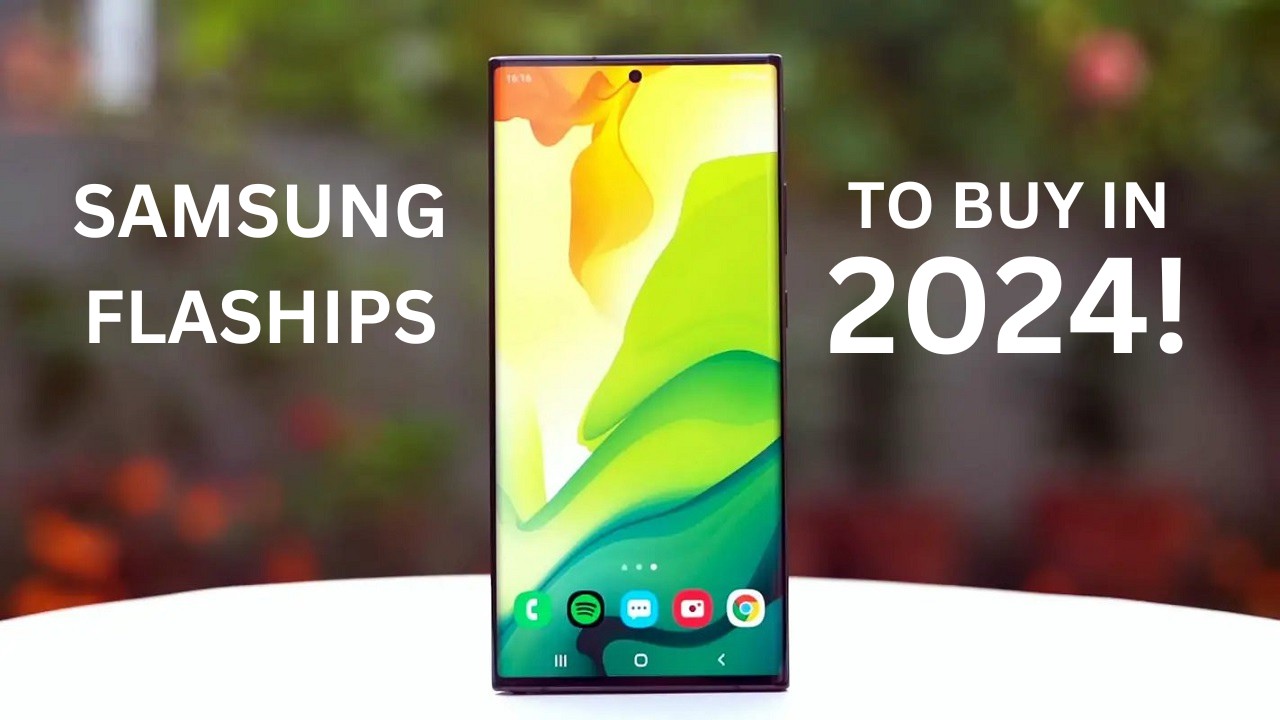
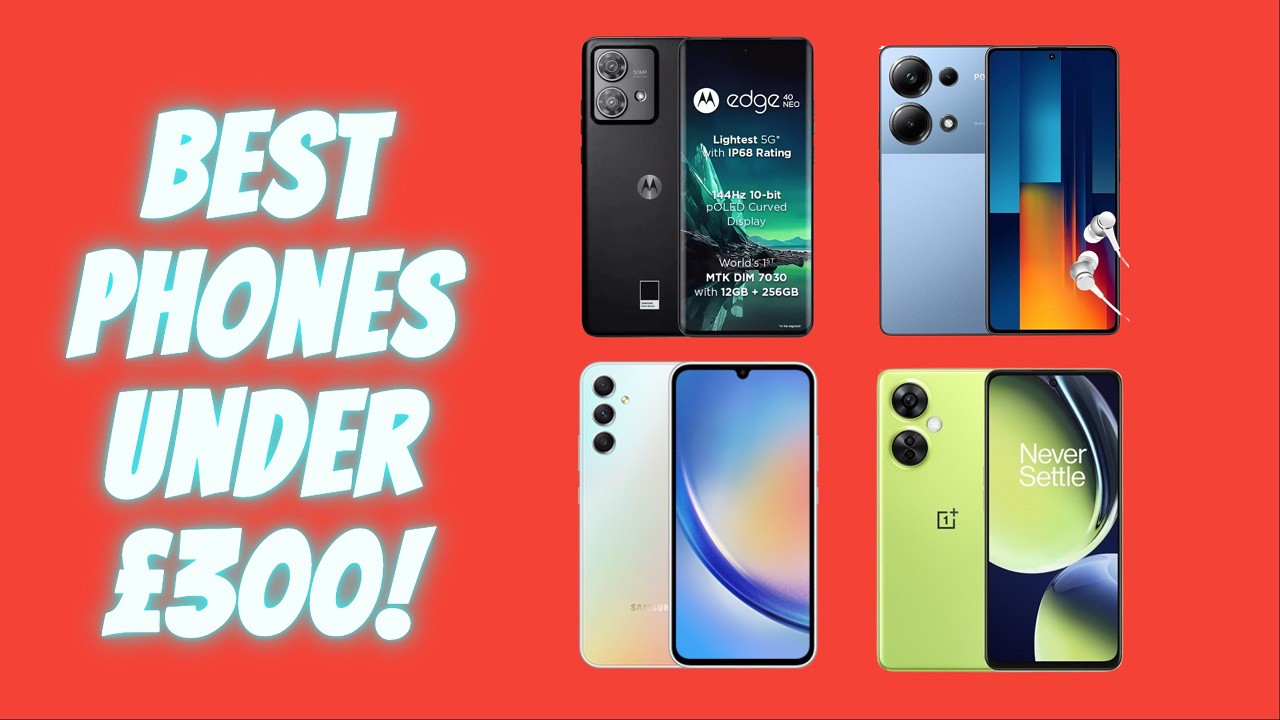

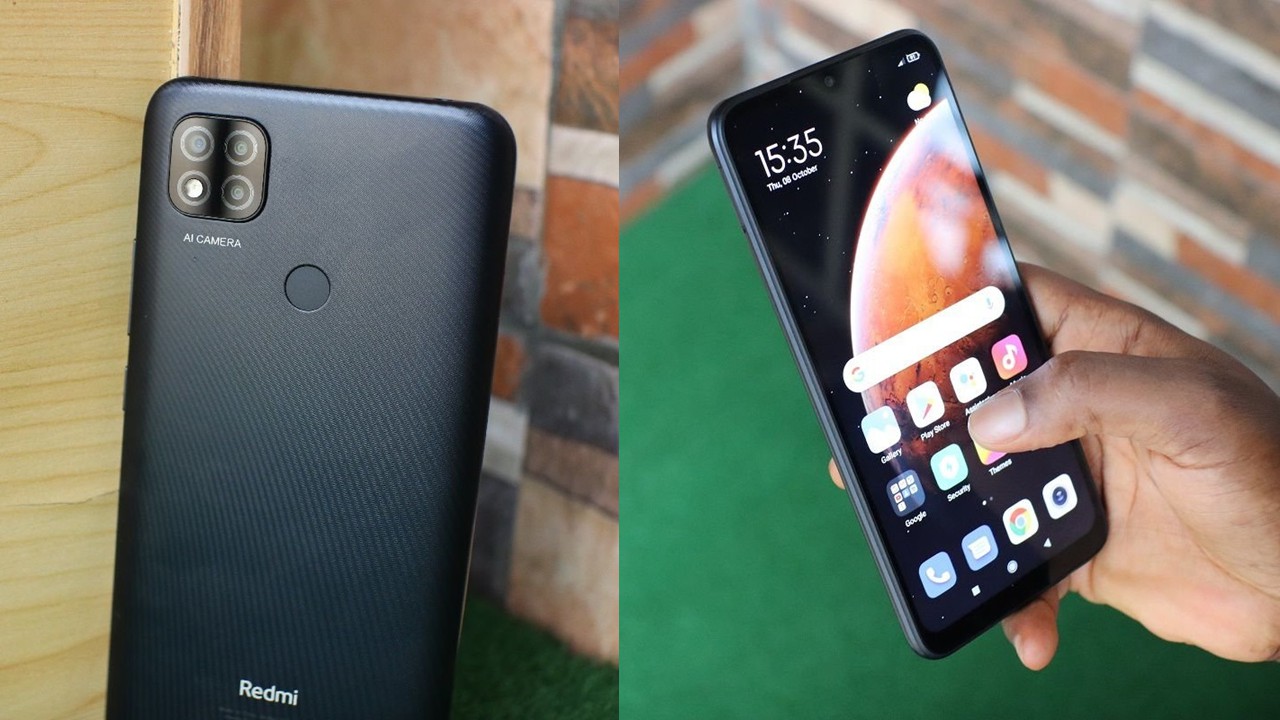
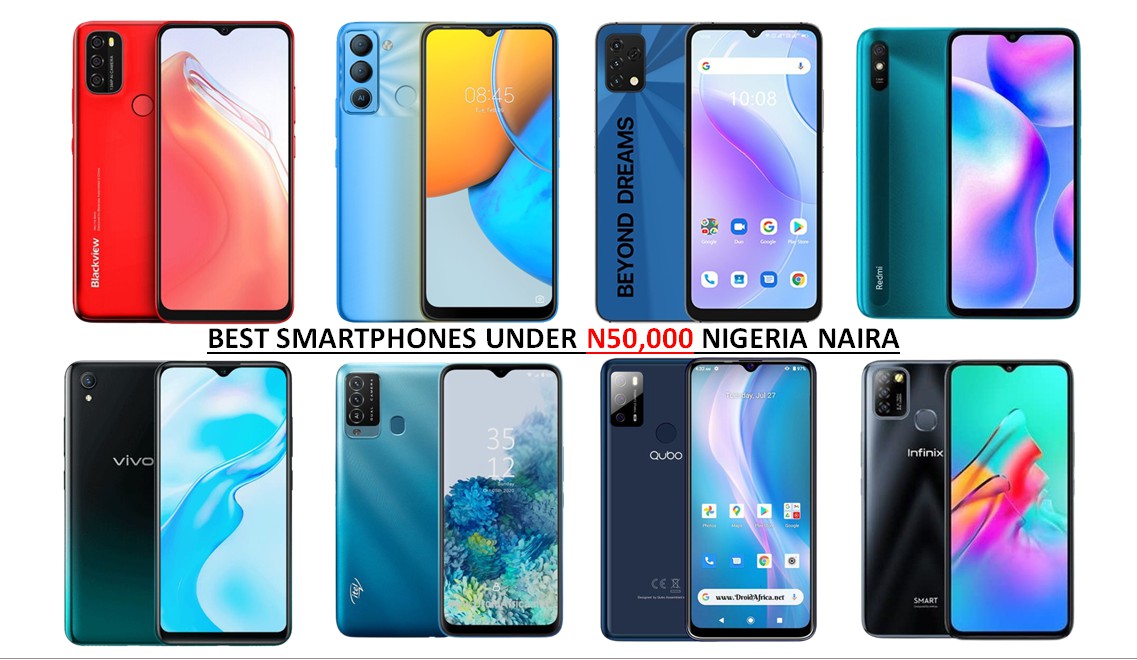
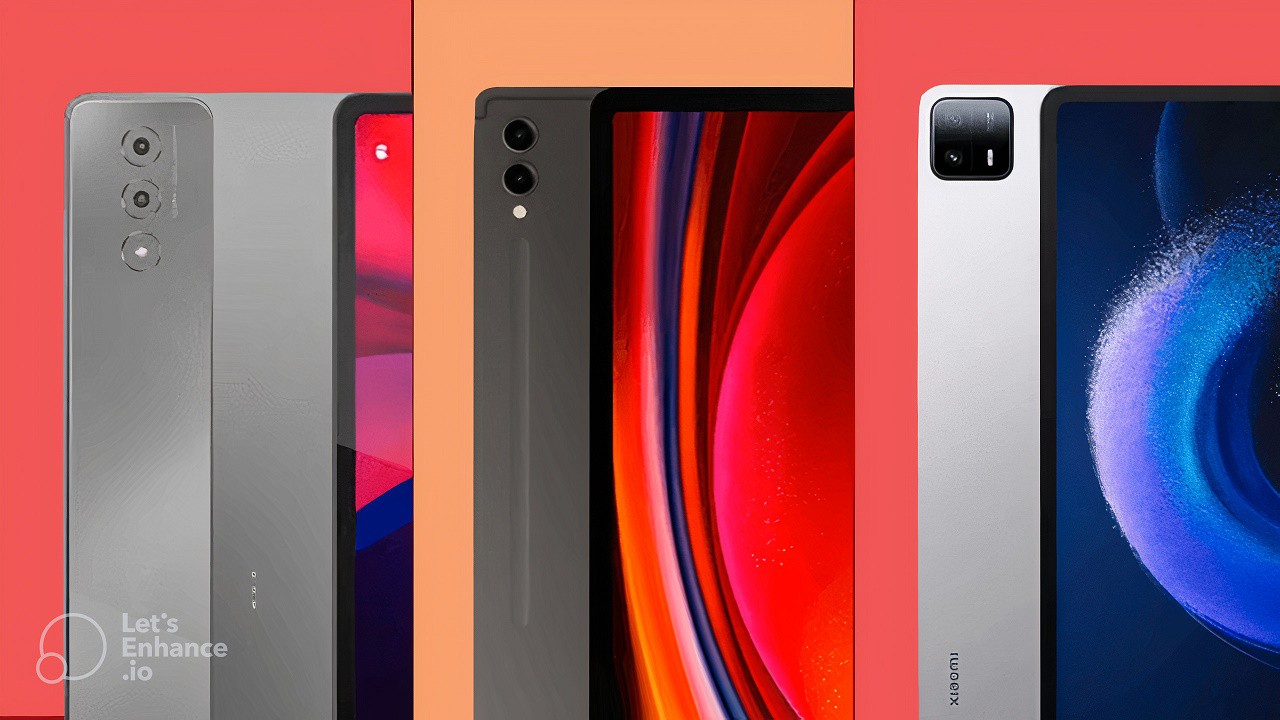
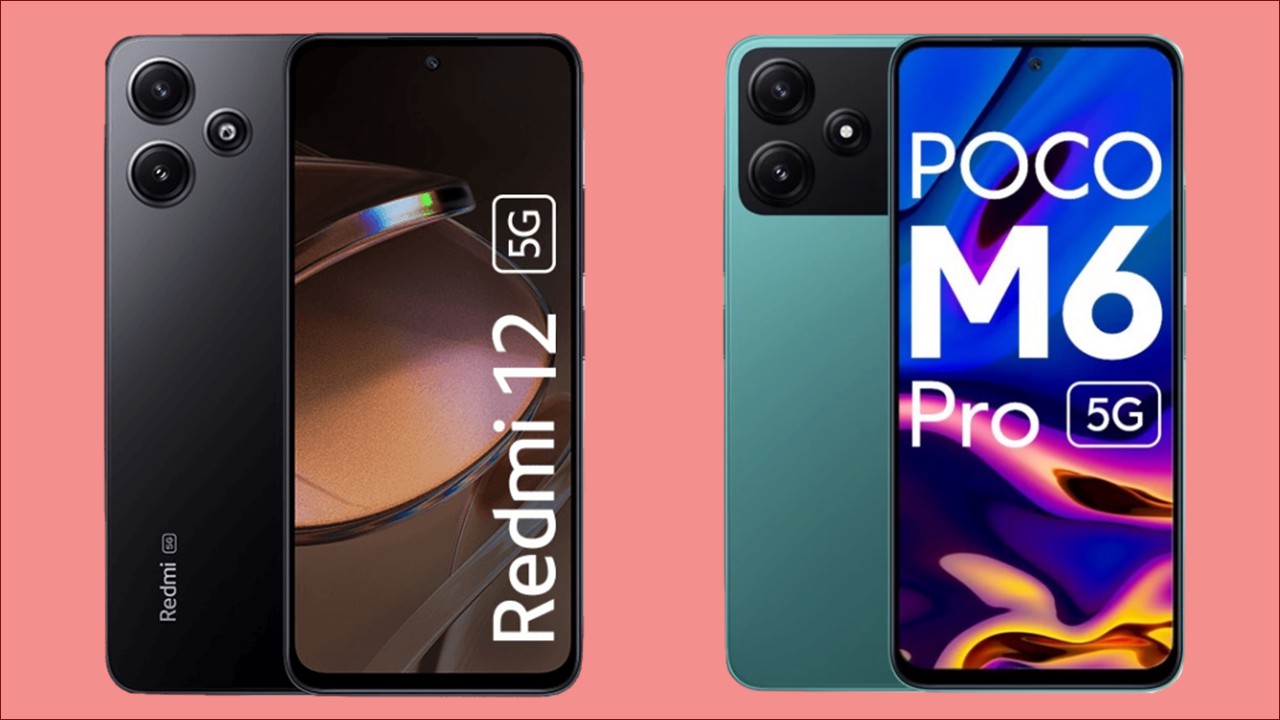
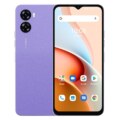
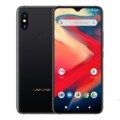
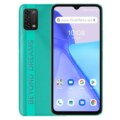
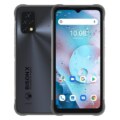
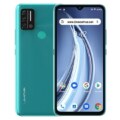
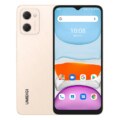
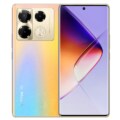
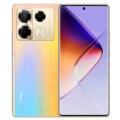
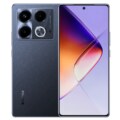
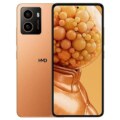
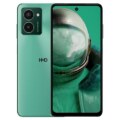


Leave a Reply